A jobs report to be released on Friday will show whether the resilient labor market continued to defy business uncertainty and recession concerns stoked by President Donald Trump’s tariffs.
The fresh data, which details hiring in May, is set to reveal the performance of a key measure of economic health as Trump rolled back some of the “Liberation Day” tariffs imposed a month earlier.
Economists expect the U.S. to have added 125,000 jobs in May, which would amount to solid job growth, albeit a marked slowdown from 177,000 jobs added a month prior.
The expected job growth in May would come in below the average of 157,000 jobs added over the previous 12 months.
A trade agreement between the U.S. and China in May slashed tit-for-tat tariffs between the world’s two largest economies and triggered a surge in the stock market. Within days, Wall Street firms softened their forecasts of a downturn.
The U.S.-China accord came weeks after the White House paused a large swath of Trump’s “Liberation Day” tariffs targeting dozens of countries. Trump also eased sector-specific tariffs targeting autos and rolled back duties on some goods from Mexico and Canada.
Still, an across-the-board 10% tariff applies to nearly all imports, except for semiconductors, pharmaceuticals and some other items. Those levies come on top of specialized tariffs on steel, aluminum and autos. China, the third-largest U.S. trade partner, faces 30% tariffs.
In this April 9, 2025, file photo, Treasury Secretary Scott Bessent looks on as President Donald Trump signs executive orders in the Oval Office of the White House, in Washington, D.C.
Anna Moneymaker/Getty Images, FILE
A slew of major companies as far-flung as Pepsi, Goldman Sachs and Target have warned that they may suffer losses due to uncertainty tied to the on-again, off-again tariffs.
Nationwide retailers like Walmart and Best Buy have also voiced alarm of potential price increases as a result of the levies.
Consumer spending, which accounts for about two-thirds of U.S. economic activity, could weaken if shopper appetites diminish in the face of costly imports. In theory, a slowdown in spending could hammer some companies and trigger layoffs.
So far, however, key measures of the economy have largely defied fears of a downturn.
The unemployment rate stands at a historically low level and job growth remains robust, though it has slowed from previous highs. In recent months, inflation has cooled, reaching its lowest level since 2021.
The Organization for Economic Co-operation and Development, or OECD, this week forecast continued growth for the U.S. economy in 2025 and 2026, albeit at a slower pace than last year.


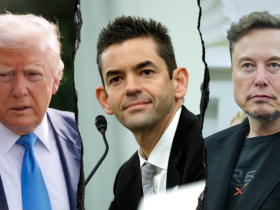


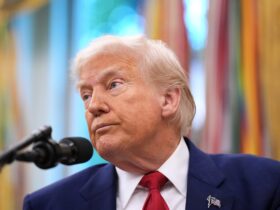
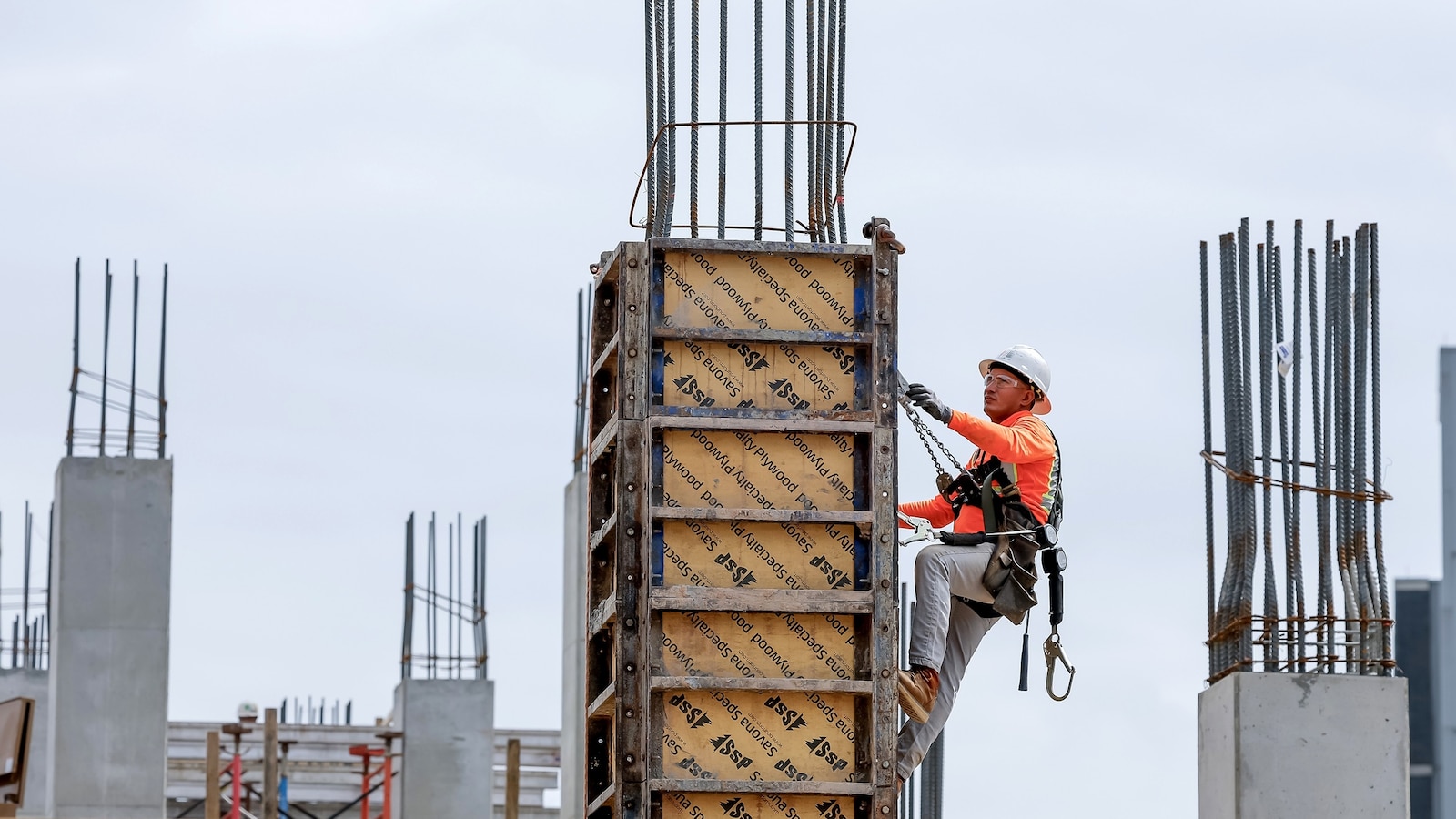


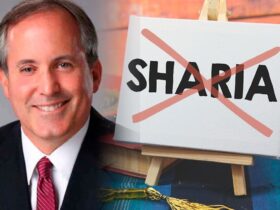
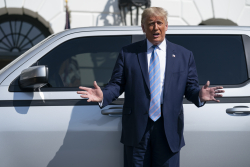

Leave a Reply